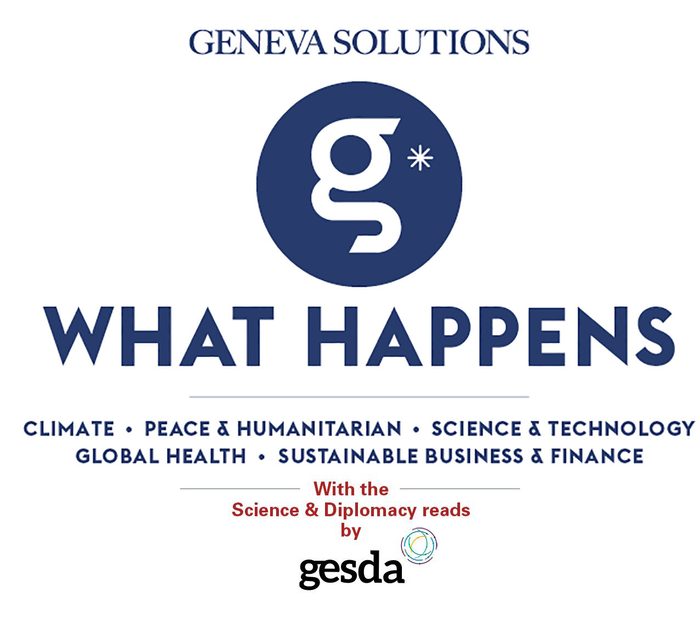Good morning, this is Zelda, and today I'll be bringing you a new episode in my podcast resilience series in which I talk about knowledge and the multilateralism of the future with UN Library director, Francesco Pisano.
In other news, leading Turkish sociologist Zeynep Tufekci came to town (virtually of course) to discuss social media revolutions to pandemics at EPFL's Applied Machine Learning Days.
We're also travelling back to space to examine the different missions in search of debris in the Earth's orbit. And, finally while orbiting, we won't forget to take a closer look at the asteroid that just passed the Earth. |
|
Science & Technology News
|
|
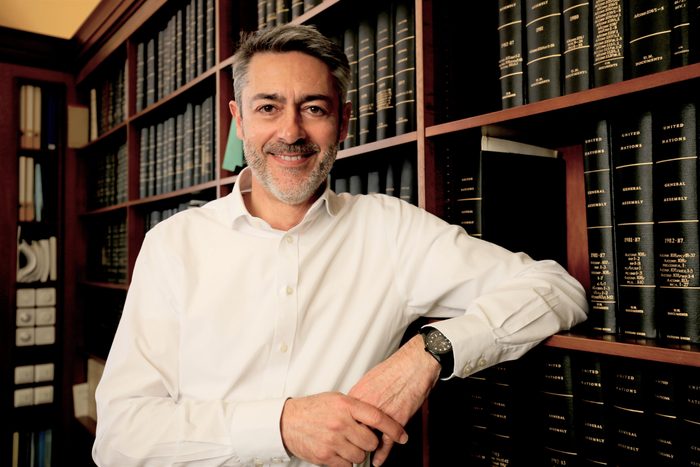
UN Library Director, Francesco Pisano.
|
|
Here's what else is happening
|
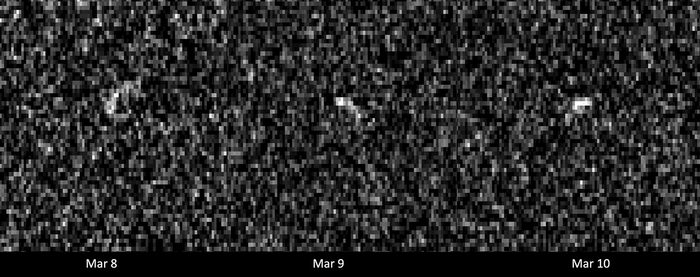
These images of asteroid Apophis were recorded by radio antennas at the Deep Space Network’s Goldstone complex in California and the Green Bank Telescope in West Virginia. The asteroid was 10.6 million miles (17 million kilometers) away, and each pixel has a resolution of 127 feet (38.75 meters). Credits: NASA/JPL-Caltech and NSF/AUI/GBO.
|
|
|
Anticipatory reads by GESDA
|
|
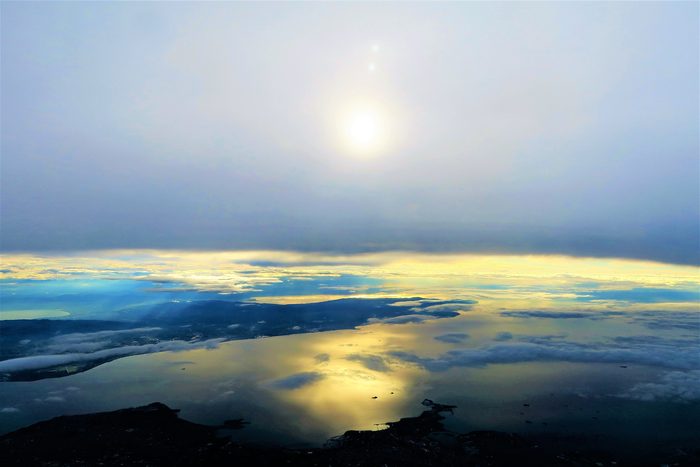
(Konevi/Pixabay)
|
|
Blocking the sunrays by injecting aerosols into the stratosphere:
this idea, called solar geoengineering, is gaining traction. A report released by the National Academies of Sciences (NAS) details recommendations for conducting and governing research on solar geoengineering. These two points are crucial.
First: "People worry building the technology is a slippery slope to it being deployed," says Alan Robock, a climate scientist at Rutgers University, quoted in Axios (see below). "It is more of a sticky slope. The more we look into it, the more risks we may also discover and reasons not to do it!" In fact, the report emphasises that solar geoengineering is not a substitute for reducing greenhouse gas emissions, and that “the research should work to better understand technical feasibility, possible impacts on society and the environment, public perceptions, and potential social responses – but it should not be designed to advance future deployment of these interventions.”
Second: “Playing with the environment and the atmosphere, however, is playing with fire. Without adequate rules, geoengineering will create massive, unintended consequences, deepen geopolitical rivalries and hasten the world’s division into climate winners and losers. To avoid these fates, the world must create a robust multilateral regime to govern the research, development and deployment of these new technologies”, rightly pleads Stewart Patrick of the Council on Foreign Relations in a blog post.
- Olivier Dessibourg
|
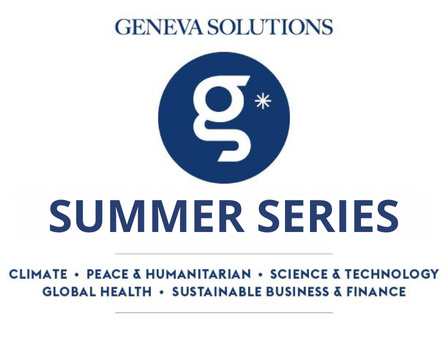
This selection is proposed by the Geneva Science and Diplomacy Anticipator
GESDA, working on
anticipating cutting-edge science and technological advances to develop innovative and inclusive
solutions for the
benefit of the planet and its inhabitants.
|
|
Sign up for our monthly digest!
|
|
|
📣 We have some news for you.
The GS Monthly Digest will bring you a selection of our top stories of the month, including opinion features. A lean format with essential reads, starting from midday today.
|
|
|
GS news is a new media project covering the world of international cooperation and development. Don’t hesitate to forward our newsletter!
Have a good day!
|

|
|
Avenue du Bouchet 2
1209 Genève
Suisse
|
|
|
| |
